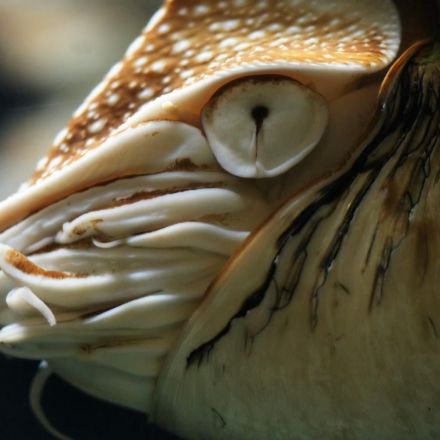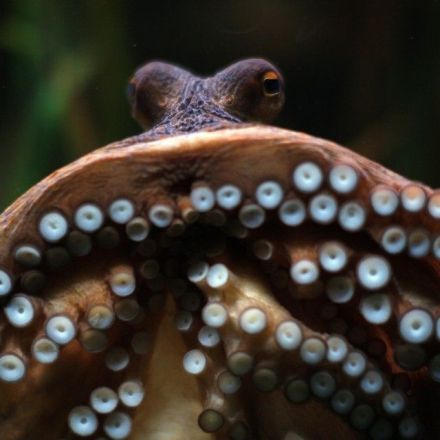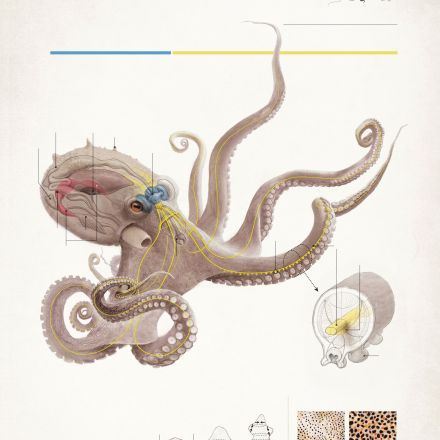Study proposes explanation for how cephalopods see color, despite black and white vision
For years, camera-makers have sought ways to avoid chromatic aberration—the color fringes that occur when various wavelengths of light focus at different distances behind a lens. But where photographers see a problem, some sea creatures see possibility. A new study, co-authored by the father-and-son team of Christopher and Alexander Stubbs, suggests that chromatic aberration may explain how cephalopods—the class of animals that includes...
Continue Reading




























Join the Discussion